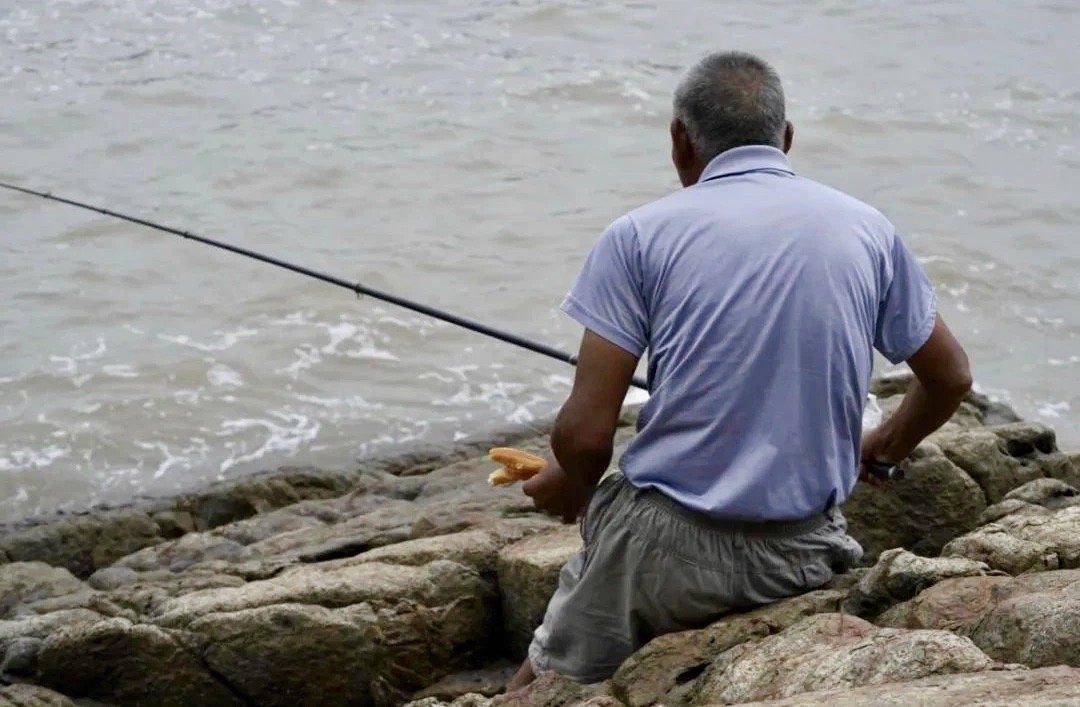Embark on a journey through the East China Sea’s largest archipelago, where hidden treasures, vibrant culture, and unexpected stories await
Consisting of 2,085 islands with only 141 of them inhabited, Zhoushan city is full of surprises—even for locals. ”[Visiting each island] is like opening a blind box. Every time, I am touched by life on these islands,” says Nana, a Zhoushan native who has recently started exploring the archipelago.
Many young people in Zhoushan, Zhejiang province, opt to hop on buses heading for nearby Ningbo, Hangzhou, or Shanghai for fun (and work, since the salaries in those cities are higher). But hidden gems may await those who stay and venture off the beaten paths to discover the more remote, lesser-known parts of Zhoushan.
Situated to the east of the Tiantai Mountains, Zhoushan is the largest archipelago in the East China Sea. Its thousands of islands formed when rising sea levels submerged mountains here 10,000 years ago. The biggest island (also named Zhoushan) is home to more than half of the roughly 1.2 million residents in Zhoushan city. Near the high-rise buildings, one can find harbors with stalls selling the day‘s fresh catches, where office workers often come for seafood after clocking off.
Another popular pastime is visiting Mount Putuo Island, known as the home of the Goddess of Mercy, Guanyin, according to folk belief. During the Tang dynasty (618 – 907), the thriving sea trade attracted numerous ships to the area, and legend has it that Guanyin appeared to save sailors from storms.
But there’s much to see beyond the main island, where Nana, who prefers to be known by the pseudonym, has recently taken to traveling. Her first trip last year was to Mayi Island (蚂蚁岛, literally ”Ant Island”). Though only around 3 square kilometers in size, the island enjoys some acclaim as the setting of the widely popular 1980 song ”Night at the Port,” as the song’s lyric writer Ma Jinxing was inspired by his stay on Mayi Island. ”The tuk-tuk drivers on the island are very proud, and they hummed the song to us,” Nana recalls of her visit there recently.
Her island-hopping adventures began courtesy of a WeChat group set up by Grace Zhang, another local. Zhang, a 32-year-old born in Dinghai district on Zhoushan Island, faced what she describes as having ”no friends, no activities” upon returning from studying in New York in 2020. Inspired by the Burning Man festival in the American desert, she wondered if she could create a similarly vibrant community in her hometown.
Last August, Zhang embarked on her ambitious community-building endeavor: hopping across Zhoushan’s islands with other adventurers. It takes some effort to reach these lesser-known islands, which is one of the reasons locals rarely step outside their comfort zones to leave the main island. ”Some worry about being alone, while others find it troublesome to hire a boat,” Zhang explains. To solve these problems, she helps organize trips to the lesser-traveled islands, “to discover the hidden beauty of Zhoushan.”
Zhang’s island hopping is free to join, except for sharing the boat expenses, and there is only one rule: participants must put away their mobile phones while on the trip. The idea is that this will help them to truly see and feel the islands. The WeChat group for island hoppers currently has around 500 members, including Nana.
Nana has visited several islands already, including Taohua Island (桃花岛, literally ”Peach Blossom Island”). In the famous wuxia novel The Legend of the Condor Heroes by Jin Yong, the island is home to the mischievous girl Huang Rong. She possesses the ability to command peach trees and uses them to create moving mazes to trap visitors. Coincidentally, just like many of the younger locals who move to Shanghai or elsewhere, Huang Rong also left her small peach island in pursuit of love and adventure in the wider wuxia world.
Each island offers its own surprises, including pink and blue houses, colorful volcanic rocks, and red dragonflies welcoming visitors. During Nana’s visit to Damao Island (大猫岛, literally ”Big Cat Island”), she encountered swirling rapids, which locals believe are created by a giant feline wanting to overturn fishing boats to steal fish. But the island itself is rather peaceful and quiet, devoid of shops and home to numerous beautiful wildflowers.
Most of the young residents have left these islands. Zheng Xiao, a 35-year-old local, tells TWOC “all the kids have had to leave“ her native Xiazhi Island (虾峙岛, literally ”Shrimp Island”) after they graduate from the only primary school that remains, if they wish to continue studying. Among its 7,000 residents, more than half are over 60 years old.
But the elderly of Zhoushan’s small islands have their own ways of coping with potential loneliness. On Dongju Island, where fewer than a hundred people reside, the elderly locals gather at the seawall at sunset to relax and sing. On Changbai Island, some elderly fishermen paint their fishing memories on the rock walls and even create ”fish prints” (鱼拓) by using ink or paint on real fish to print onto paper.
On Zhairuoshan Island, island hoppers stumbled upon what appears to be the world’s loneliest root carving exhibition maintained by an elderly local man on this remote island. He collects and carves old roots from the island and displays them in his old house. However, when Zhang and her fellow travelers returned for a second visit, they discovered that the islander was no longer there. He had passed away in his sleep one night after drinking some liquor. Only the root carvings remained, silently telling his story.
Despite their remoteness, some islands have begun to draw young outsiders. A 24-year-old from Guizhou province known as Lanlan on social media app Xiaohongshu first visited Huaniao Island, with its white lighthouse and blue fluorescent sea known as ”blue tears” (where luminescent algae give off a shimmering blue light at night), to shoot videos in 2019 and decided to stay. Today, she runs a bistro named Stay Blue, along with her film-developing studio upstairs.
Lanlan shares her island life on the social media app Xiaohongshu, documenting everything from cave expeditions to napping on seaside rocks. One of her favorite activities is picking wild onions and mixing them into beef steamed buns. However, when a typhoon hits, there are no boats arriving and no fresh groceries.
Zhang and her group have visited over 20 islands so far, and she hopes it brings local and tourists a new perspective on Zhoushan. ”When we look at the islands dotted over the sea, we feel that we are truly living in an archipelago. When we stay on the main island, it feels like a city, and we forget how special this place is,” she says.
The local government agrees. To get more people to discover the Zhoushan archipelago, authorities have implemented a plan known as ”Hello, Little Islands” to promote tourism and economic development on the lesser-known islands. This initiative aims to tap into the islands’ cultural heritage and natural resources while encouraging the active involvement of young individuals in local governance. With Zhang’s help, perhaps one day ”island hopping” will become more common among locals and tourists alike.















